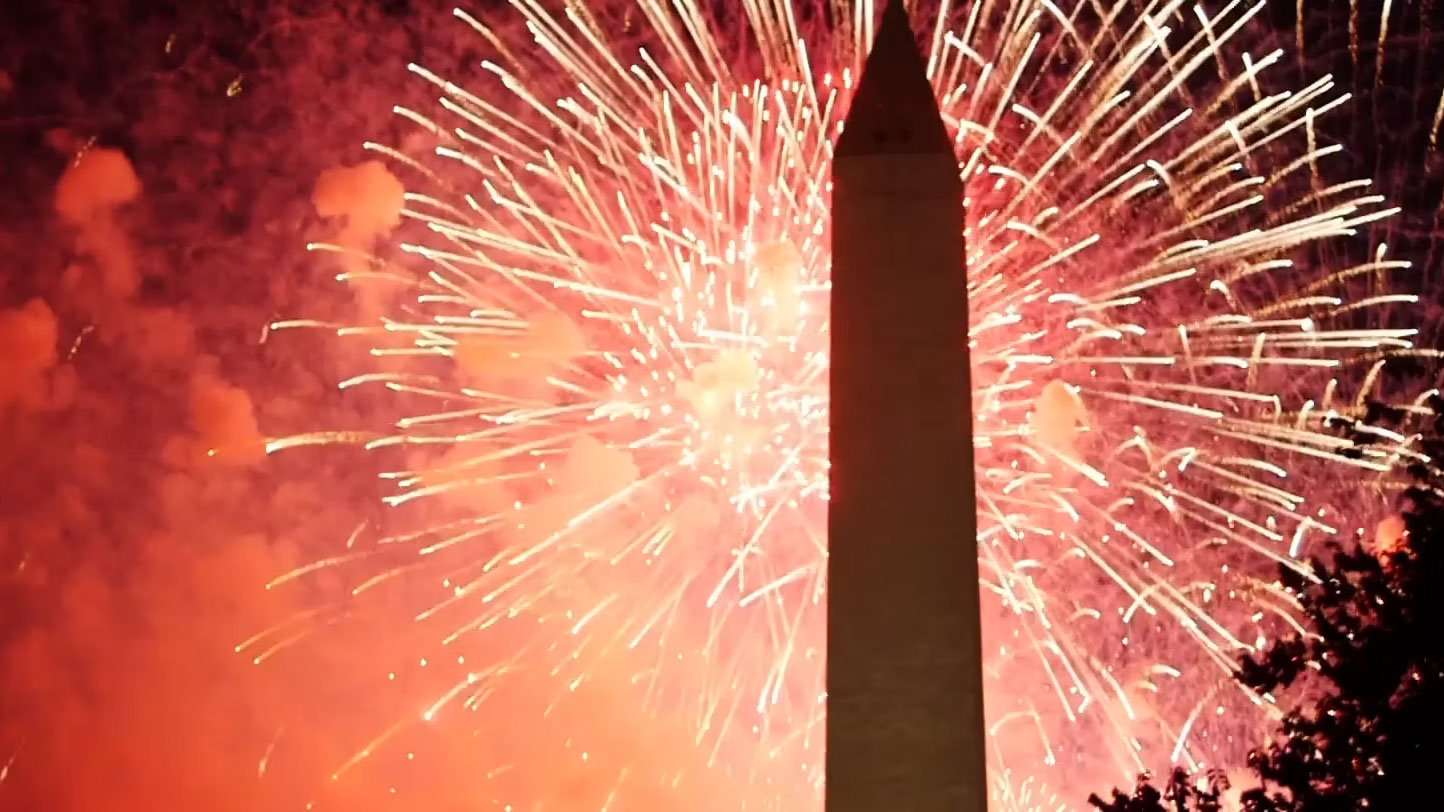
Featured Program
-
 Aliyah American Horse (NE), Stephanie Pacheco (NY), Zoe Dorado (CA), and Shnayjaah Jeanty (FL) perform at the National Youth Poet Laureate Commencement in April 2024 at the Kennedy Center.Photo courtesy of the National Youth Poet Laureate Program
Aliyah American Horse (NE), Stephanie Pacheco (NY), Zoe Dorado (CA), and Shnayjaah Jeanty (FL) perform at the National Youth Poet Laureate Commencement in April 2024 at the Kennedy Center.Photo courtesy of the National Youth Poet Laureate Program -
Youth and the Future of CultureJuly 2–7, 2025
About fifty-two percent of the world’s population is under thirty, the highest in recorded history. Young people around the globe are working across generations and communities to understand and shape the world they will inherit. At the 2025 Smithsonian Folklife Festival, Youth and the Future of Culture highlights their stories, creativity, and aspirations.
From media production to traditional building trades, from Indigenous language reclamation to lowrider-car innovations, and more, Festival participants will express who they are in the present with an eye toward a vibrant, sustainable future.
Festival Blog
more-
July 7, 2025Festival in Frame: Photos from Day Six
-
July 6, 2025Festival in Frame: Photos from Day Five
-
July 5, 2025Festival in Frame: Photos from Day Four
Festival 101
-
The Smithsonian Folklife Festival, established in 1967, honors contemporary living cultural traditions and celebrates those who practice and sustain them. Produced annually by the Smithsonian Center for Folklife and Cultural Heritage, the Festival has featured participants from all fifty states and more than a hundred countries.
Our Festival takes place every summer on the National Mall, with free performances, workshops, demonstrations, and other activities. It is an educational, research-based presentation that features master artisans and other tradition bearers. We invite visitors to sing and dance along, try crafts and games, learn traditional recipes, ask questions, and take part in this unique cultural exchange.
Featured Video
Support the Folklife Festival, Smithsonian Folkways Recordings, sustainability projects, educational outreach, and more.






















